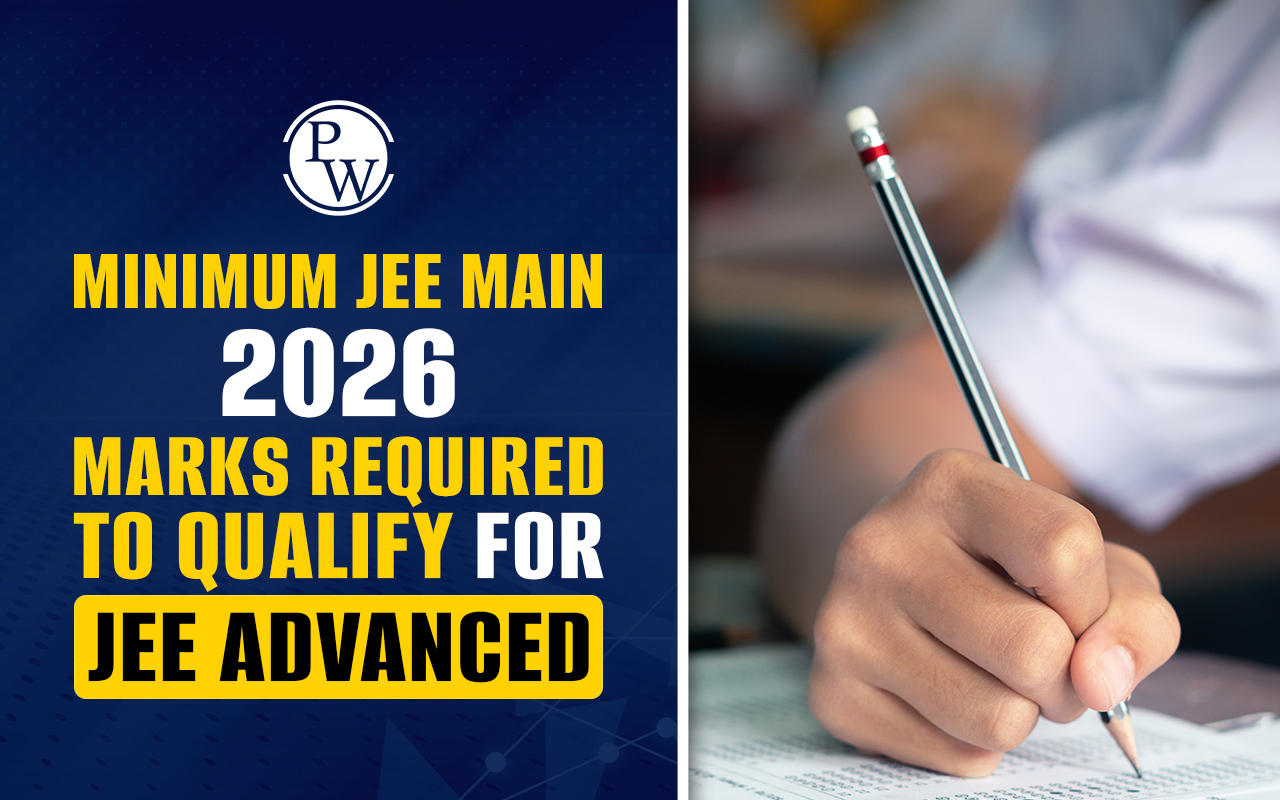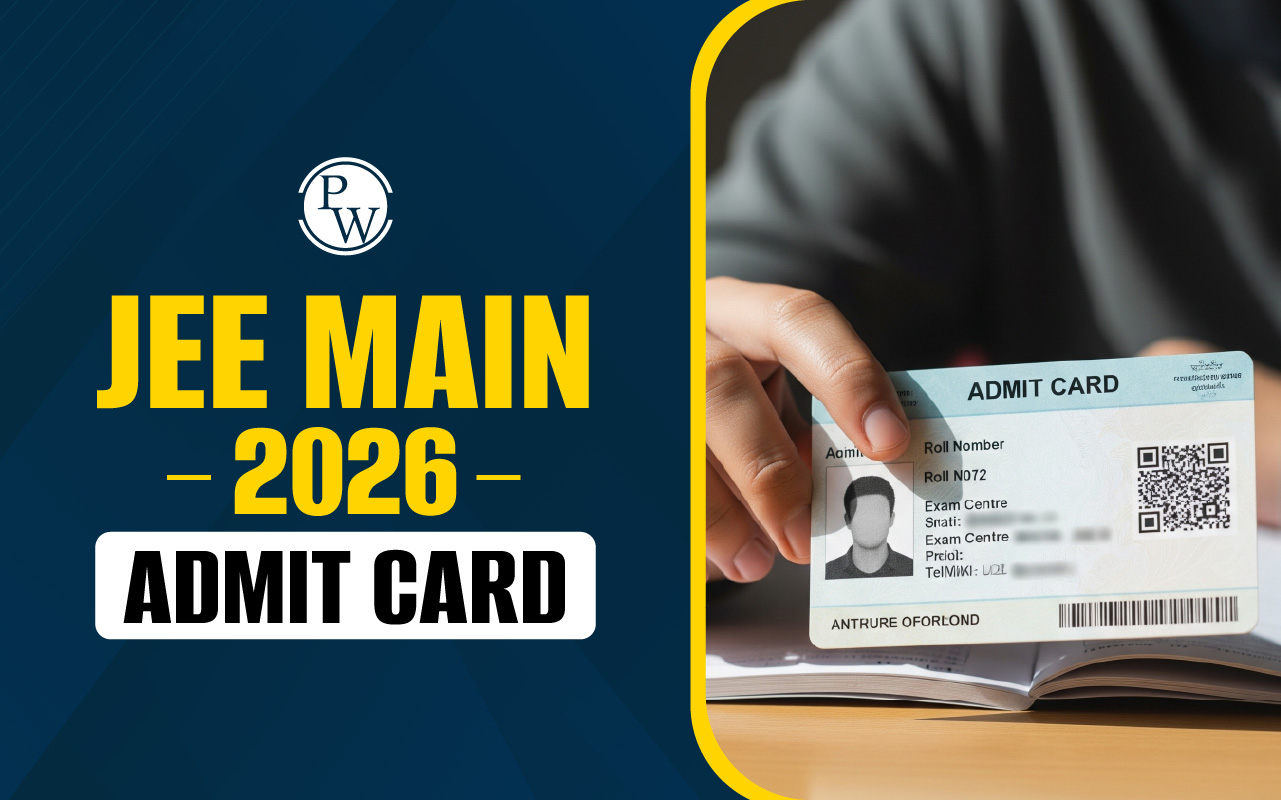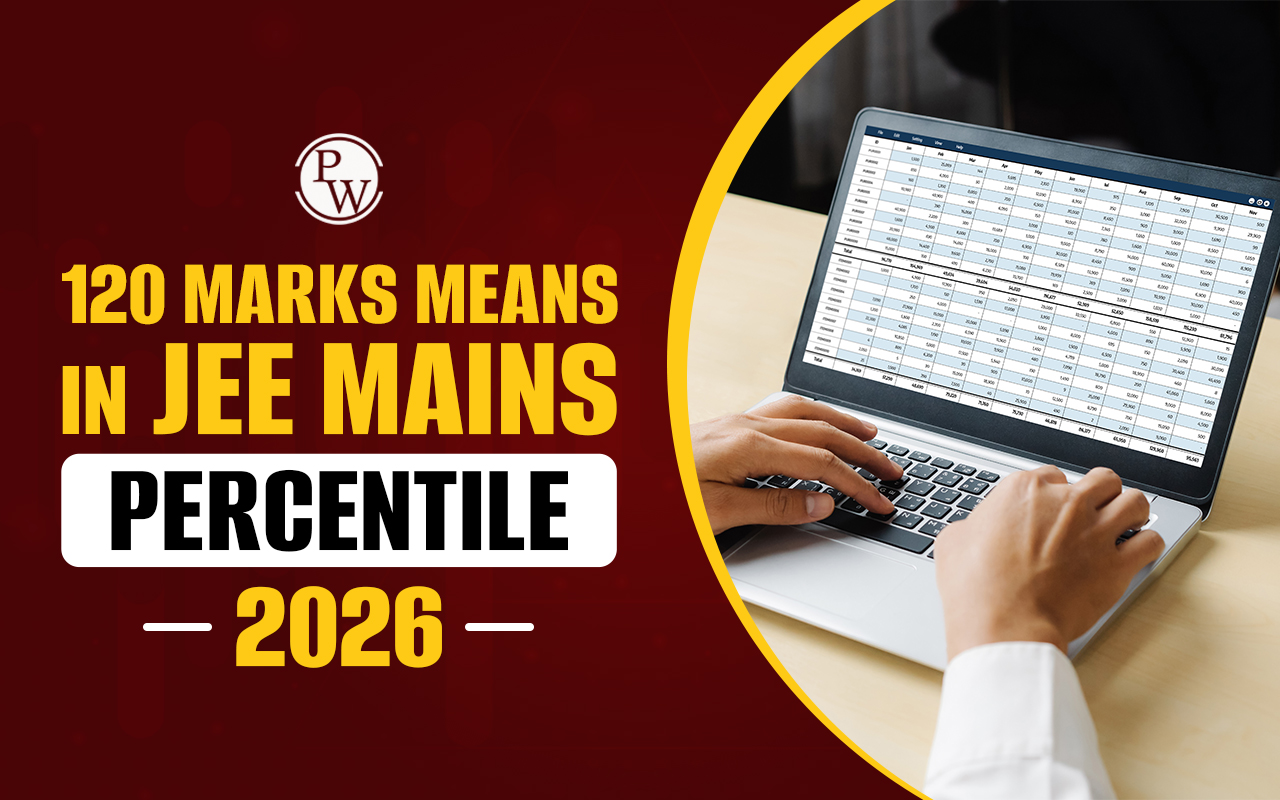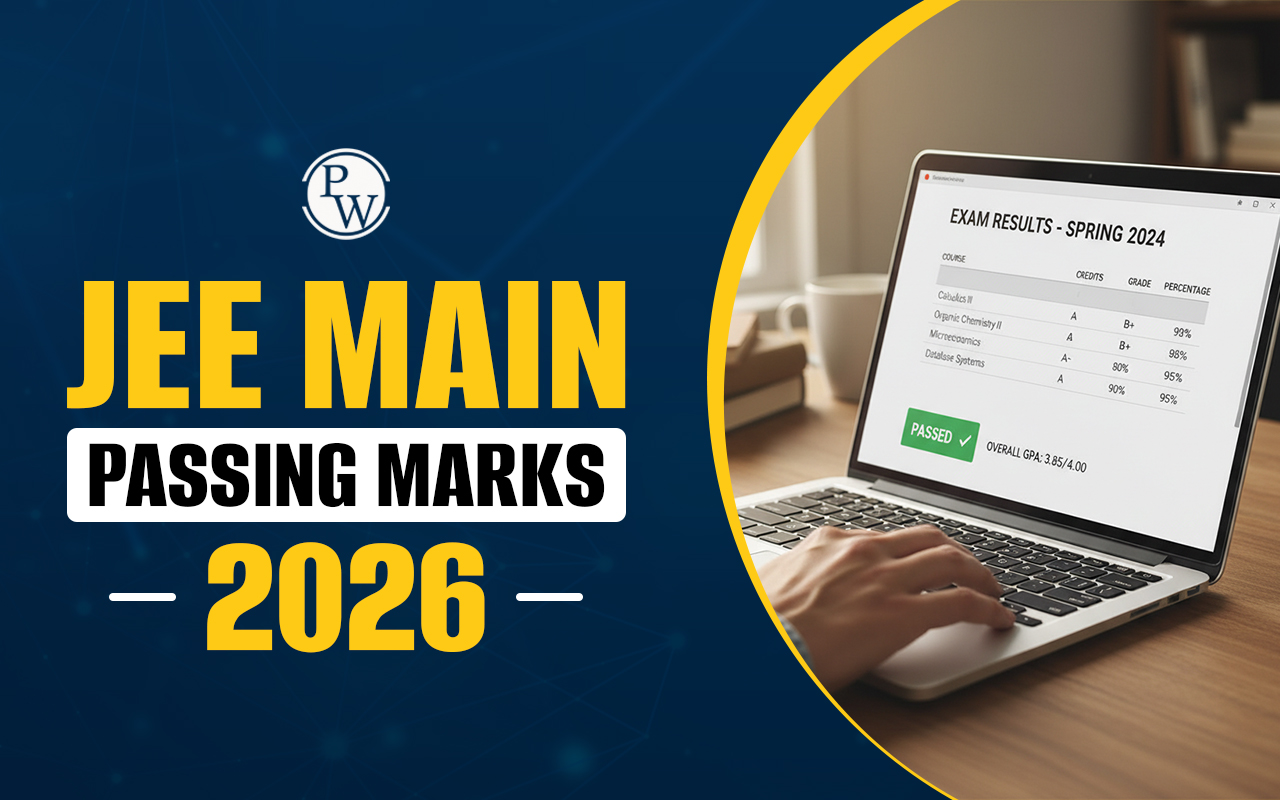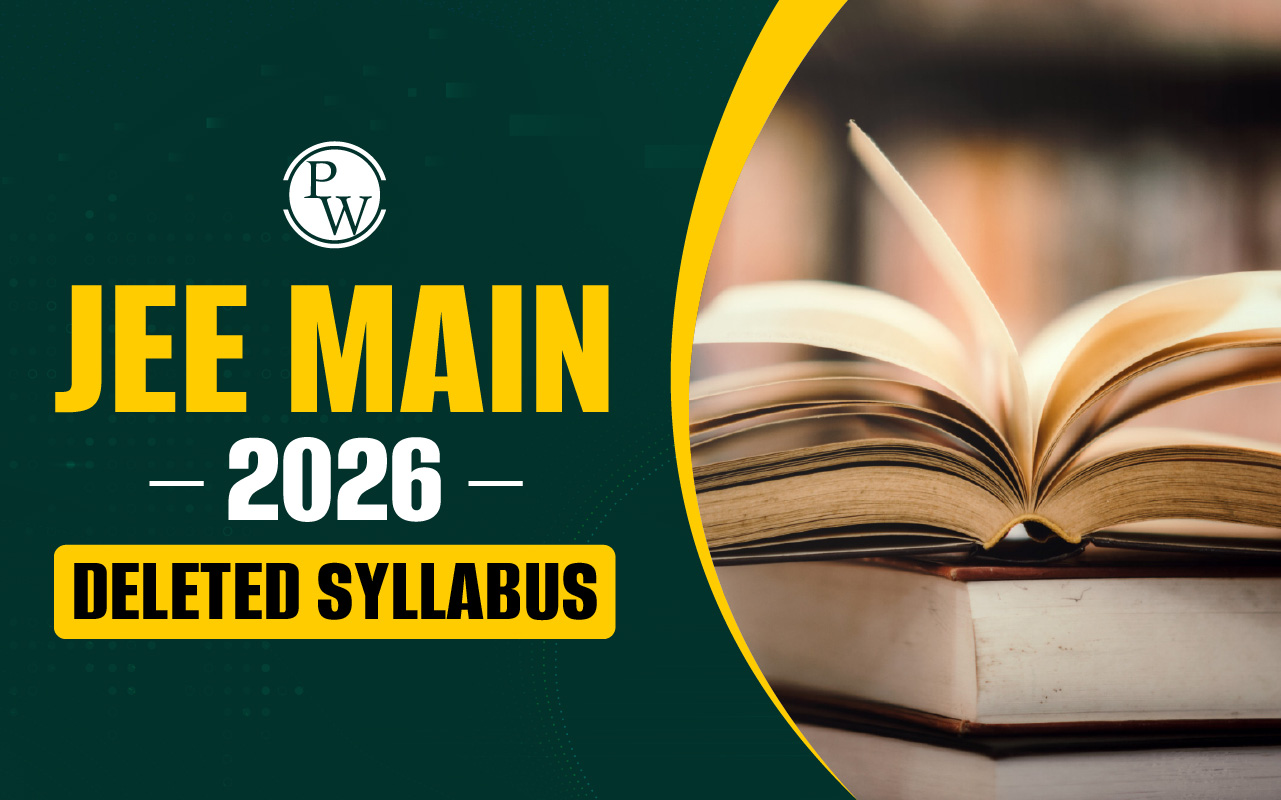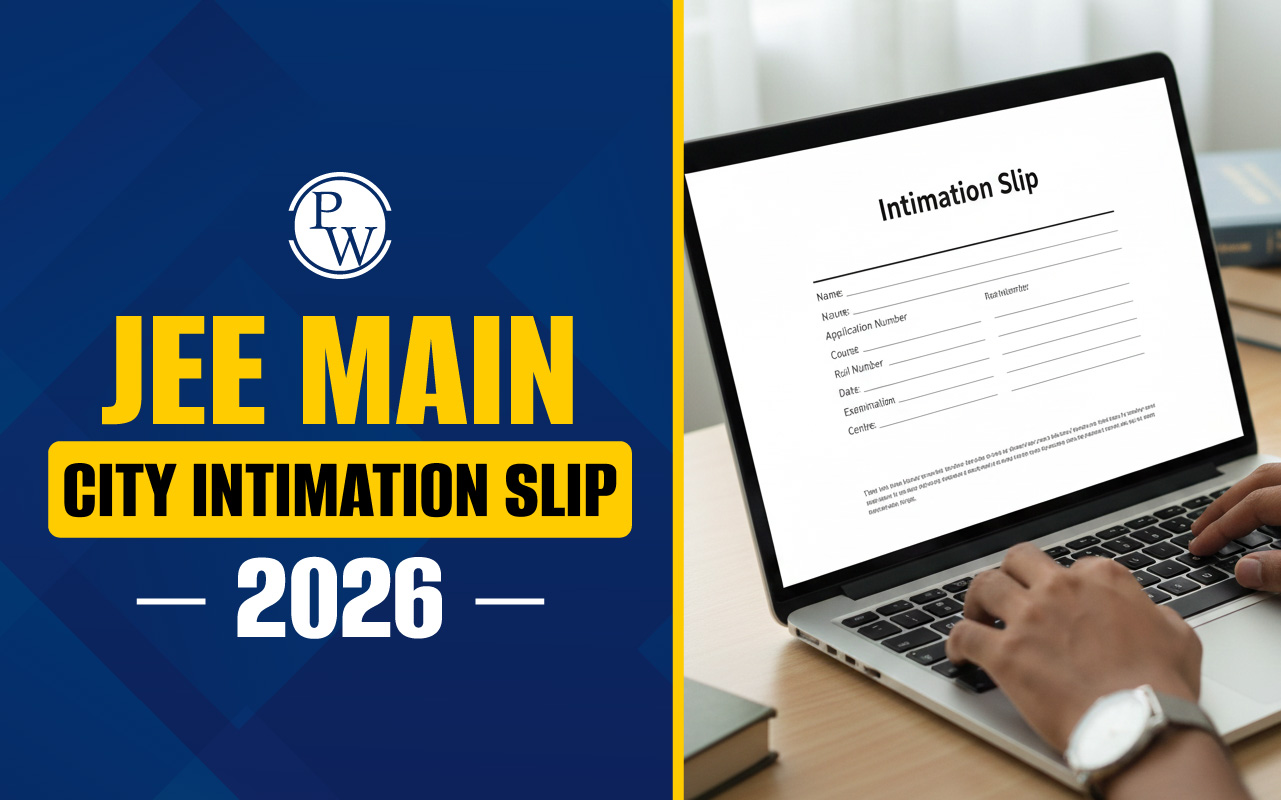
Permutations And Combination : Permutation and combination is based on fundamental rule of counting permutation means arrangement and combination means selection,
permutation is mix of selection and arrangement for example if a person has to select 8 object out of 10 object than its selection could be represented as 10 C 8 , while if we have to arrange 8 object out of 10 object than first step here would be selection of 8 objects out of 10 as 10 C 8 then arrangement of those objects as 8! so result would be 10 C 8 × 8!.
Fundamental rule of counting is divided in two parts first is fundamental rule of addition and second is fundamental rule of multiplication.
Fundamental Rule Of Addition :
If a person has some items to eat as A , B , C , D than fundamental rule of addition says he could eat the items in 4 ways means if any task has various options available than all options must be added to find total number of ways for doing that task.
Fundamental Rule Of Multiplication
This rule says if there is a task which divided into subtasks and all subtasks are independent of each other than total number of ways doing that task would be product of ways of individual subtask for example if a person has to travel A to C via B and A to B he has 3 options and B to C 4 options. So total number of ways of travelling from A to C would be 3 × 4 = 12. We will explore permutation and combination by fundamental rule of counting in next section.
Permutations And Combination Introduction
As we known permutation and combination is based on fundamental rule of counting. This method is generalized as box method let’s explore it, suppose a person has to generate a signal using 10 different colours flag so that signal has only 3 different colours.
So here task is generating a signal using 3 different colours flag. Now in box method we can create three boxes and will fill each box with number of options available and would multiply each box input.
Box 1:
has 10 option available hence
.
Box 2:
has 9 options available as one is being used in box 1 hence
.
Box 3:
has 8 options available as 2 flags are being used in Box 1 and Box 2 hence
. Now total number of ways of generating the signal would be
ways
let's see some examples.
Permutations And Combination Example
Example 1: A person has to travel Pune to Kanpur via Delhi. It how many ways he can travel while he has 4 choices from Pune to Delhi and 6 choices from Delhi to Kanpur?
Sol.
Pune to Delhi 4 ways and Delhi to Kanpur 6 ways so total number of ways to travel from Pune to Kanpur would be 4 × 6 = 24 ways.
Example 2: Ram invited his 5 friends on his birthday in how may ways he can arrange them for a photo shoot in 5 chairs available?
Sol. We can solve it by box method let chairs as boxes so first chair has 5 options available seconds chair has 4, third has 3, fourth has 2 and fifth has 1 option available so total number of ways would be 5 × 4 × 3 × 2 × 1 = 120 ways.
Example 3: A number lock consists of 4 blocks each block has ten digits (0 to 9) available to select if code of opening the lock is 4 particular sequences with no repetition, then in how many ways lock cannot be opened?
Sol. Number lock has 4 blocks available where each block has (0 to 9) digits to offer. So here for each block number of ways for selecting digits would be 10 so total we have 10 × 10 × 10 × 10 ways of attempting the lock. Now there is only one way available to open the lock when a particular sequence is matched, hence number of unsuccessful attempts would be (10000 – 1).
Permutations And Combination Rapid Questions :
1. How many 6 digit numbers can be made from digits 1 to 5 if repetition is allowed?
2. A coin is tossed 5 times, find total number of outcomes possible?
3. Three dices are being thrown which are unbiased find total number of outcomes possible?
Permutations And Combination Illustration
1. A person has to answer 6 objective type questions, where each equation has 4 options available and single correct. In how many ways he can give the answer?
Sol. Here we have 6 blocks available as 6 questions and each block have 4 choices to be selected hence total number of ways for answering the questions would be 4 × 4 × 4 × 4 × 4 × 4 = 4 6 = 2 12 ways
2. There are 10 bulbs in a hall, each of them is independent to be switched on, find total number of ways of illuminating the hall?
Sol.
Here we can treat 10 bulbs as 10 boxes and each box here is having two choices either on of off. So now total number of ways would be 2 × 2 × 2 × 2 × 2 × 2 × 2 × 2 × 2 × 2 × = 2
10
, now this contains one way where all bulbs are switched off. So, to illuminate the hall number of ways would be
ways.
3. In a mass recruitment there are 40 aspirants appeared for selection if there are 4 vacancies available in how many ways this selection can be made if each candidate is having all required skills?
Sol. We can consider 4 vacancies as 4 boxes, now here first box has 40 choices available, second box has 39 choices available, third box has 38 choices available and fourth box has 37 choices available so now total number of ways of filling the position would be 40 × 39 × 38 × 37 ways.
Permutations And Combination Illustration Rapid Questions:-
1. Ram has to purchase 1 rough book, 1 fair book and 1 fountain pen from a stationary shop. In how many ways he can do the purchasing if there are 6 different rough books, 5 different fair books and 8 fountain pens available?
2. India and Pakistan have to play 4 test matches between them. In how many ways the series can end with. If each match has three outcomes available win, loose, draw?
Fundamental Rule Of Multiplication Illustrations
Fundamental Rule Of Multiplication Illustrations : According to fundamental rule of multiplication if any task is divided in subtasks and all subtasks are mutually exclusive and independent then total number of ways of doing that task would be the product of all subtasks result, for example if a person has to take a full day menu which includes breakfast lunch and dinner.
In breakfast he had 4 options available in lunch 5 choices are there, and in dinner 6 options are there so total number of ways would be 4 × 5 × 6 = 120 ways, here task was to have a menu of whole day and now it is divided into 3 subtasks. Breakfast lunch and dinner now since all subtasks are mutually exclusive and independent of each other, hence all individual subtasks outcomes must be multiplied.
If all subtasks are not independent of each other then we must further divide it into mutually exclusive cases for example if a person has to travel from Bombay to Kanpur via Delhi as shown in the graph.
As we could see in diagram Bombay to Delhi there are 3 choices available while Delhi to Kanpur 4 choices is there, but there is a condition, a person cannot have flight consecutively. So now travelling of Delhi to Kanpur is dependent on the path being selected from Bombay to Delhi hence we have to divide it into mutually exclusive cases as
Fundamental Rule Of Multiplication Case 1
Bombay to Delhi – flight selected
Delhi to Kanpur – all 3 choices available excluding flight
Number of ways = 1 × 3 = 3 ways
Fundamental Rule Of Multiplication Case 2
Bombay to Delhi – 2 ways (excluding flight)
Delhi to Kanpur – all 4 choices available
Number of ways = 2 × 4 = 8 ways
Total number of ways = 3 + 8 = 11 ways.
Fundamental Rule Of Multiplication Introduction
As we know in fundamental rule of multiplication each task must be independent, during fundamental rule of multiplication if there is any arrangement possible than it would count automatically for example if Breakfast has two choices b1, b2 and lunch has 3 choices l1, l2, l3 than total number of ways of taking one item from each would be 2 × 3 = 6 which could be shown as b1 l1, b1 l2, b1 l3, b2 l1, b2 l2, b2 l3.
Now if person has 3 choices available for breakfast as b1, b2, b3 then number of ways he could take 2 of them would be 3 × 2 = 6 ways could be shown as b1 b2, b1 b3, b2 b1, b2 b3, b3 b1, b3 b2 now here as we could see
are same we must take care of arrangements while using fundamental rule of multiplication let’s explore it with examples.
Example 1: In how many ways con 6 children’s stand in a queue?
Sol. Here we have six positions available which can be filled using fundamental rule of multiplication as 6 × 5 × 4 × 3 × 2 × 1 = 720 ways
Example 2: How many words can be formed using 4 letters of the word TEMPO?
Sol. Here 4 places have to be filled or we have 4 subtasks first subtasks or first position has 5 options, second subtask or second position has 4 options, third subtask or third position has 3 options fourth subtask or fourth position has 2 options so now total number of ways of forming words would be 5 × 4 × 3 × 2 = 120
Example 3: How many four-digit numbers are there with distinct odd digits?
Sol. Here four-digit number means four subs task now total odd digits one 1, 3, 5, 7, 9. So now first subtask has 5 options, second subtask has 4 options third subtask has 3 options and fourth subtask has 2 options all subtasks are independent of each other hence total number of ways would be 5 × 4 × 3 × 2 = 120
Example 4: How many 4-digit numbers can be formed having distinct even digits?
Sol. Even digits available are 0, 2, 4, 6, 8. Now here first subtask or 1000th position has 4 choices available as 0 can’t be filled in 1000th position 100th position has 4 choices, 10th position has 3 choices unit position has 2 choice, available so now total numbers would be 4 × 4 × 3 × 2 = 96.
Fundamental Rule Of Multiplication Rapid Questions
1.How many distinct 6 letter words can be formed TRIANGLE?
2.A person has to travel A to C via B, A to B 4 options are there and B to C 6 options are there, A → B and B → C has one common option as flight he cannot have two same consecutive options. In how many he can travel A to C via B?
Fundamental Rule Of Multiplication Illustration
1.How many 4 distinct digit even numbers can be formed using digits 0, 2, 4, 6, 8 ?
Sol. Even number must have even digits at unit place now since we have 0 available as even digit hence we have to divide it into two cases
Case 1: 0 is at unit place
Now since unit place is being filled by 0, remaining positions has 4 × 3 × 2 = 24 ways available.
Case 2: 0 is not at unit place
Now unit place has 4 options available, 1000th place has 3 options available as 0 can’t be there remaining position has 3 and 2 options available
Total numbers would be 4 × 3 × 3 × 2 = 72
Case 1 + Case 2 = 24 + 72 = 96 numbers can be formed.
2.How many number plates can be formed including 4 alphabets and 2 digits following the same order where all alphanumeric are distinct?
Sol. We have 6 positions’ available to fill first 4 positions has to be filled by alphabets and next two by digits. So now first four position has 26 × 25 × 24 × 23 ways to be filled and next two has 10 × 9 ways to be filled now total number of plates would be 26 × 25 × 24 × 23 × 10 × 9 = 32292000
Fundamental Rule Of Multiplication Illustration Rapid Questions
1.How many words can be formed using all letters of the word BANGLE, where no letter is being repeated?
2.How many even numbers of 5 digits can be formed?
Exponent Of Prime In N! Illustration And Examples
Exponent Of Prime In N! Illustration And Examples : Prime number are either divisible by 1 or itself examples of prime numbers are 2, 3, 5, 7 etc. Factorial is short representation of product of natural numbers starting from1, so 1 × 2 × 3 × 4 × 5 × 6 could be represented as 6! similarly n! means
Exponent of prime in n! means finding all possible multiples of particular prime number in n! for example exponent of 2 in 6! Can be find by expanding 6! as 6 × 5 × 4 × 3 × 2 × 1 or 2 × 3 × 5 × 2 × 2 × 3 × 2 × 1. Now exponent of 2 is 2 4 , this method can not be applied if large factorial notation is there so to resolve it, we can use general formula as exponent of P in n! as here p is a prime factor. So, Exponent of 2 in 6! could be find as
3 + 1 + 0 = 4, same as earlier result obtained.
Exponent of 3 in 100! Could be written as
Exponent Of Prime In N! Illustration Proof
n! could be written now exponent of p in n ! is represented as
means all prime factors which gives contribution of p
means all prime factors which gives contribution of p 2
means all prime factors which gives contribution by p r
Now total exponent of p would be
Exponent of 2 in 8! would be
8 × 7 × 6 × 5 × 4 × 3 × 2 × 1
2 × 2 × 2 × 7 × 3 × 2 × 5 × 2 × 2 × 3 × 2 × 1
means 2 × 2 × 2 × 7 × 3 × 2 × 5 × 2 × 2 × 3 × 2 × 1
Bold 2, giving contribution 4 two’s
means 2 × 2 × 2 × 7 × 3 × 2 × 5 × 2 × 2 × 3 × 2 × 1
Bold 2 × 2, giving contribution of 2 from each
means 2 × 2 × 2 × 7 × 3 × 2 × 5 × 2 × 2 × 3 × 2 × 1
Bold 2 × 2 × 2, giving contribution of one 2.
Exponent of 2 = 4 + 2 + 1 = 7
Which can be manually counted as
Exponent Of Prime In N! Illustration Introduction
As we know formula to find exponent of P in n ! is p , is a prime number let’s explore it fraction with examples.
Example 1:
Find exponent of 5 in 200!
Sol.
Exponent of 5 in 200! Would be
40 + 8 + 1 + 0 = 49
Example 2:
Find exponent of 4 in 98!
Sol.
Exponent of 4 in 98! Can be calculated with the help of exponent of 2 in 98! which is
49 + 24 + 12 + 6 + 3 + 1 + 0 = 95
Now exponent of 4 would be
Explanation: Each 4 is a pair of 2 hence pair of 2 in 95 two’s is 47 with one 2 remaining hence 47 is the answer.
Example 3:
Find exponent of 7 in 343!?
Sol.
Exponent of 7 in 343! Would be
49 + 7 + 1 = 57
Example 4:
Find exponent of 11 in 541!?
Sol.
Exponent of 11 in 541! would be
49 + 4 + 0 = 53
Exponent Of Prime In N! Illustration Rapid Question
Rapid Question :
1. Find exponent of 5 in 249!
2. Find exponent of 7 in 198!
Illustration :
1. Find exponent of 8 in 165!
Sol.
Exponent of 8 in 165! Could be find with the help of exponent of 2 in 165! which is
82 + 41 + 20 + 10 + 5 + 2 + 1 + 0
= 161
Now exponent of 8 is
Explanation: 8 needs 3 two’s so set of 3 two’s in 161 two’s would be
2. Find exponent of 9 in 401!
Sol.
Exponent of 9 in 401! could be find with the help of exponent of 3 in 401! hence
133 + 44 + 14 + 4 + 1 + 0
= 196
Now count for exponent of 9 in 401! is
Highest Power of a Prime Number p in nCr illustration
Highest Power of a Prime Number p in nCr illustration :
Prime number are either divisible by 1 or itself examples of prime numbers are 2, 3, 5, 7 etc.
represents combination or selection of r objects out of n and denoted as
, n! means
means
and
means
Exponent of prime number in
means finding exponents of all prime factors possible in
for example exponent of 3 in
Can be find by writing
as
=
Now we must find exponent of numerator and denominator separately and subtract them to get the final result Now 8!=
7
×
6
× 5 × 4 × 3 × 2 × 1 or
7 × 2 × 3 × 5 × 2 × 2 × 3 × 2 × 1 has exponent of 3 as 2, similarly in
6! = 6
× 5 × 4 × 3 × 2 × 1 exponent of 3 is 2 and in 2! =
exponent of 3 is 0, combined exponent of 3 in denominator is (2+0=2)
Resulting exponent of numerator and denominator is (2-2=0), hence exponent of
3 in
is 0.
Above process can be generalized for
as
-
Break
as
-
Find exponent of prime p in
,
each by using S=
Q =
,
R =
,
-
Now resulting exponent of p would be S-Q-R.
Exponent of 5 in
could be find as
Break
as
Exponent of 5 in 12! Would be
Exponent of 5 in 8! Would be
Exponent of 5 in 4! Would be
Now resulting exponent would be (2-1-0) = 1
Hence count of exponent for 5 in
would be 1
Prime Number p in nCr illustration Introduction
Introduction:
As discussed above exponent of prime p in
could be found by using above algorithm,
let’s explore it with examples.
Example 1:
Find exponent of 5 in
?
Solution:
could be written as
Exponent of 5 in 1000! Would be
Exponent of 5 in
850!
Would be
Exponent of 5 in
150!
Would be
Now resulting value would be (249-211-37) = 1)
Hence count of exponent for 5 in
would be 1
Example 2:
Find exponent of 19 in
?
Solution:
could be written as
Exponent of 19 in 1512! Would be
Exponent of 19 in 1483! Would be
Exponent of 19 in 29! Would be
Now resulting value would be (84-83-1 = 0)
Hence count of exponent for 19 in
is 0.
Example 3:
Find exponent of 23 in
?
Solution:
could be written as
Exponent of 23 in 52! Would be
2 + 0 = 2
Exponent of 23 in 46! Would be
2 + 0 = 2
Exponent of 23 in 5! Would be
0
Now resulting value would be (2-2-0 = 0)
Hence count of exponent for 23 in
is 0
Example 4:
Find exponent of 4 in
?
Solution:
4 as an exponent of prime factor would be
could be written as
Exponent of 2 in 100! would be
50 + 25 + 12+6+3+1+0=97
Exponent of
in 100! Would be
Exponent of 2 in 50! would be
25+12+6+3+1+0=47
Combined exponent of
is 47+47=94
Exponent of
in
Would be
Now resulting value would be (48-47 = 1)
Hence count of exponent for 4 in
is 1
Prime Number p in nCr illustration Rapid Question
1.
Find exponent of 29 in
in
?
2.
Find exponent of 31 in
?
Prime Number p in nCr illustration
1.
Find exponent of 15 in
?
Solution:
15 could be written to product of prime factor as
could be written as
Exponent of 3 in 130! Would be
Exponent of 3 in 92! Would be
Exponent of 3 in 38! Would be
Now resulting exponent of 3 would be (62-44-17 = 1)
Exponent of 5 in 130! Would be
Exponent of 5 in 92! Would be
Exponent of 5 in 38! Would be
Now resulting exponent of 5 would be (32-21-8 = 3)
Least of 3 and 1 is 1
Hence count of exponent for 15
in
would be 1
Permutations And Combination FAQs
Q.1: Permutation of object is same as selection of objects?
Q.2. Combination of objects does not need arrangements?
Q.3. Permutation and combination are not based on fundamental rule of counting?
Q.4. Fundamental rule of multiplication is applied if events are independent?


